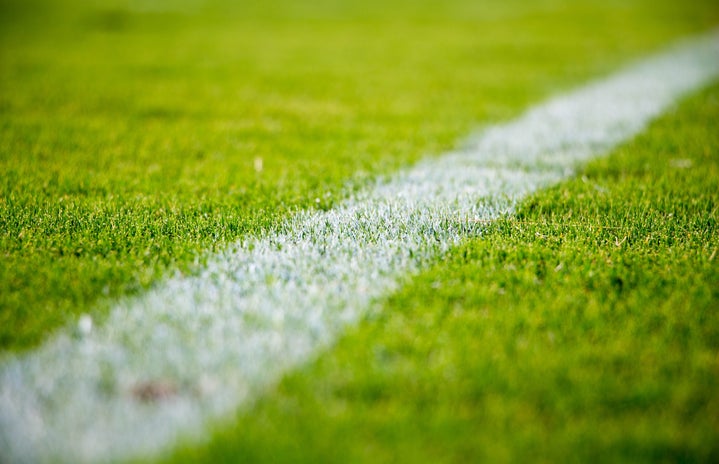February 3rd marked one of the biggest days of the year for millions of football fans everywhere, and while I will say that I found a comfy spot on my couch and positioned myself perfectly within arms-length of the chips and guac, I realized that the Superbowl is like the final exam in the class during which I’ve spent the whole semester online shopping or Googling my horoscopes. While most people probably think they understand the game of football, and while I’m from a family of dedicated Patriots fans, I never took the time to understand how the game actually works (trust me, I know how bad this sounds!)
Anyhow, given our recent victory at the New England Invitational (and by that I mean the Superbowl), I figured I’d spend a little time reading up on the game that America worships and spends billions of dollars on each year. Here’s what I found:
-
The field is 100 yards long (obviously, even I know this…) and there are 4, 15-minute quarters, including half-time.
-
Each team is made up of 11 players. To begin, one team has possession of the football (offense aka the quarterback, center, guards/tackles, WRs, running backs, and TEs), and tries to advance the ball down the field via running or throwing it. The other team is the defense (linebackers, cornerbacks, safeties, defensive ends/tackles) which means it is trying to stop the team on offense. If the team with the ball doesn’t score or forfeits possession, the offensive team goes on defense and the defensive team goes on offense.
-
A game starts with the kickoff. The ball is placed on the 35-yard line and then it’s kicked to the offense. When a kickoff is caught in the offense’s own end zone, the returner usually runs the ball out of the end zone.
-
Each time the offense gets the ball, it has four downs (aka chances) for them to get 10 yards closer to the end zone. If the offensive team successfully moves the ball 10 or more yards, they get a first down. The job of the defense is to prevent the offense not only from scoring but also from gaining more “downs.”
-
Each play begins with a snap. The QB calls out a play and the player in front of him, the center, snaps the ball back to the QB. From there, the quarterback can throw the ball, hand it off, or keep running.
-
The offense can either a.) run the ball up the field or b.) throw the ball up the field to create a string of “runs,” advancing the ball farther up the field. A “complete” pass occurs if the ball is caught by a player such as the wide receiver or tight end. If the ball hits the ground before someone catches it, it is called an incomplete pass. If the QB is tackled before he passes the ball, this is considered a sack.
-
A touchdown is the biggest single score in a football game, and it is worth six points. When the offense gets the ball in possession into the end zone, a touchdown is scored.
-
Following a touchdown, the ball is placed at the opponent’s two-yard line, where the offense has two options. If the offense kicks the ball through the goalposts, they get one point. The offense can also run or throw the ball into the end zone.
-
Field goals are worth 3 points and often are the deciding plays in the last seconds of close games. They can be attempted from anywhere on the field on any down. For a field goal to be “good,” the field goal kicker must kick the ball through the goal-post uprights and over the crossbar. The defense tries to block the kick and stop the ball from reaching the goal post.
-
A safety is worth two points is scored by the defense; this occurs when the ball carrier is tackled behind his own goal line.
-
While trying to advance the football to the end zone, the offense may turn the ball over to the defense in one of two ways. In either case, the defense then becomes the offense and is allowed to advance the ball until the ball carrier is tackled.
-
Finally, when the player on offense drops the ball before he is tackled, it’s considered a fumble. Any player on the field can recover the ball by diving on it or he can run with it. The team that recovers a fumble gets possession of the ball.
Explanations via: https://thefootballgirl.com/nfl-rules/


